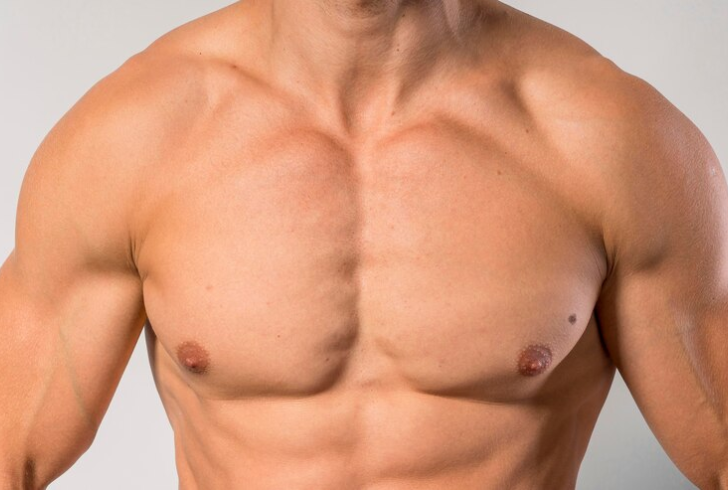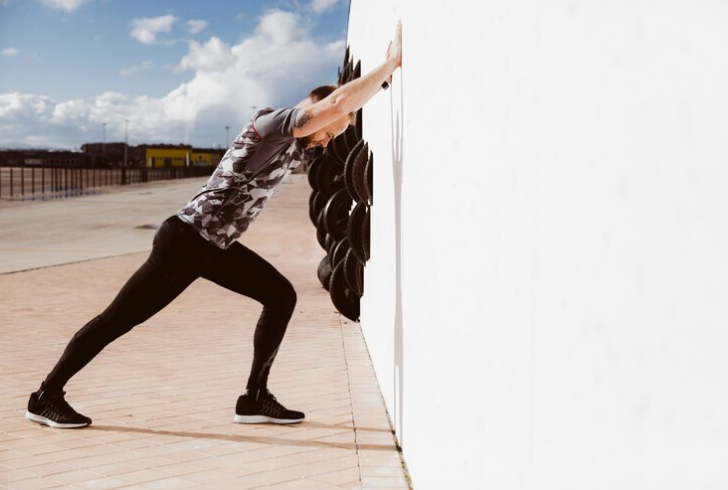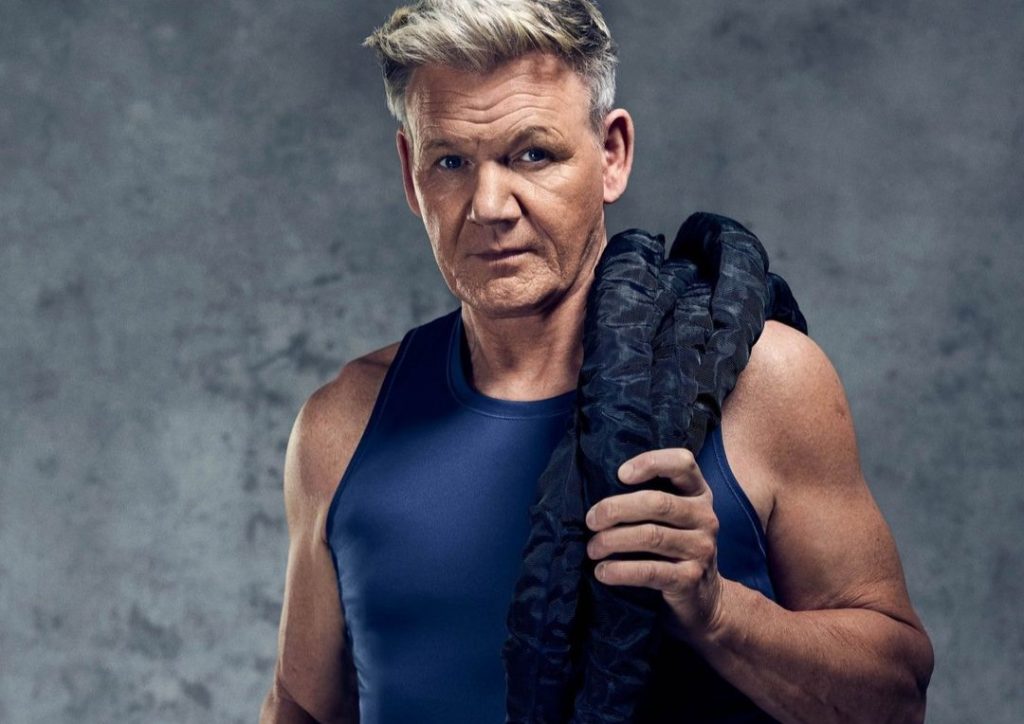Push-ups are a classic bodyweight exercise that strengthens and tones the upper body and core. Their simplicity and effectiveness make them a favorite among fitness enthusiasts of all levels. But to get the most out of your push-up routine, it's crucial to understand what muscles do push ups work.
Knowing the targeted muscles allows you to focus on proper form and maximize the benefits of this exercise.
Understanding What Muscles Do Push Ups Work

Freepik | The pectoralis muscles in the chest and the anterior deltoid in the shoulder are the primary movers during push-ups.
Push-ups are a compound exercise, meaning they activate multiple muscle groups . The primary muscles targeted during a push-up include:
- Chest - The pectoralis major and minor muscles, located in the chest, are the primary movers during push-ups. They are responsible for pushing the body away from the ground.
- Shoulders - The deltoid muscles, particularly the anterior deltoid on the front of the shoulder, are engaged throughout the pushing motion. They work in conjunction with the chest muscles to lift the body.
- Triceps - The triceps brachii muscles, located on the back of the upper arm, are responsible for extending the elbows and straightening the arms during the push-up.
- Core - The core muscles, including the rectus abdominis, obliques, and transverse abdominis, provide stability and prevent the lower back from sagging during the exercise. A strong core is essential for maintaining proper form.
Secondary Muscles Activated by Push-Ups
In addition to the primary movers, push-ups also engage several secondary muscle groups to maintain stability and posture:
- Serratus anterior - This muscle on the side of the chest helps stabilize the shoulder blade and contribute to the pushing motion.
- Lower back muscles - The erector spinae muscles in the lower back help maintain a flat back and prevent arching during the push-up.
- Legs and glutes - While not involved in the pushing motion, the muscles in the legs and buttocks (gluteus maximus and medius) help maintain a rigid plank position throughout the exercise.
Benefits of Doing Push-Ups

Freepik | Push-ups provide numerous benefits beyond just muscle strengthening.
Push-ups offer a wide range of benefits beyond strengthening the muscles mentioned above. Here are some key advantages of incorporating push-ups into your workout routine:
- Increased Strength and Muscle Tone: Push-ups build strength and muscle tone in the upper body and core, leading to a more defined physique and improved physical performance.
- Enhanced Cardiovascular Health: Push-ups can elevate your heart rate, improving cardiovascular health and stamina. This is especially true for faster or more advanced push-up variations.
- Improved Bone Density: Push-ups can help increase bone density in the upper body and core, reducing the risk of osteoporosis later in life.
- Convenience and Accessibility: Push-ups need no equipment and can be done virtually anywhere, making them a convenient and accessible exercise option.
- Versatility: With many variations available, push-ups can be adaptable to different fitness levels, allowing beginners and experienced exercisers to benefit from this exercise.
Eight Effective Push-Up Variations

Freepik | Wall push-ups are perfect for beginners, easing the load on arms and shoulders.
1. Wall Push-Up: This variation is ideal for beginners, as it reduces the weight placed on the arms and shoulders. Place your hands flat against a wall, lean forward, and perform the push-up motion.
2. Modified Push-Up: This variation is done on your knees instead of toes, making it easier on the lower body while still engaging the upper body and core.
3. Standard Push-Up: This is the classic push-up performed in a plank position with toes on the ground. It targets all the primary and secondary muscles mentioned earlier.
4. Wide Push-Up: By placing your hands wider than shoulder-width apart, you can increase the focus on your chest muscles during the push-up.
5. Narrow Push-Up: Narrowing your hand placement targets your triceps more intensely.
6. Elevated Push-Up: Elevate your feet on a sturdy bench or box to increase the difficulty of the standard push-up. This variation places a greater emphasis on the shoulders and triceps.
7. Clap Push-Up: This advanced variation involves pushing off the ground to clap your hands mid-push-up. It requires significant upper body strength and power.
8. Pike Push-Up: Performed in a downward-facing V position with your hands shoulder-width apart, pike push-ups target the shoulders and triceps.
Push-ups are a powerful exercise for building upper body and core strength, improving cardiovascular health, and enhancing fitness. By understanding what muscles do push ups work and incorporating different push-up variations into your routine, you can maximize the benefits of this exercise and achieve your fitness goals. Remember to maintain proper form throughout your push-ups to ensure optimal results and prevent injury.



